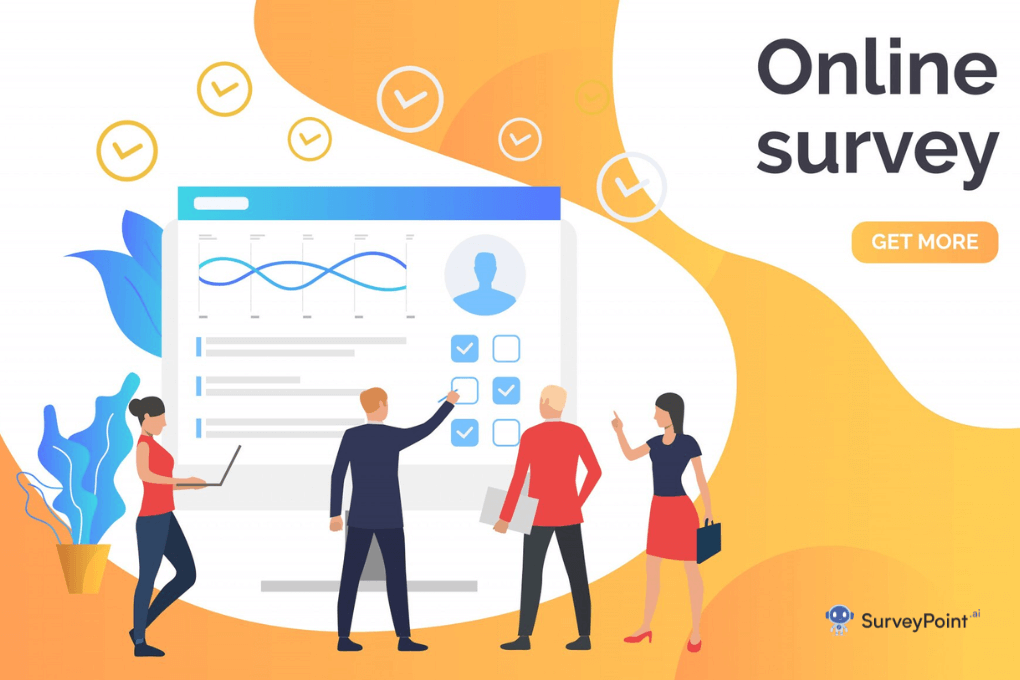
In today’s digital-first world, creating and maintaining digital assets has become a cornerstone of success for businesses, entrepreneurs, and individuals alike. Digital assets include everything from websites, social media profiles, and email lists to content, digital products, and data. These assets act as online resources that generate value, enhance visibility, and create lasting opportunities.
Whether you’re an aspiring entrepreneur, a small business owner, or simply someone looking to establish an online presence, building digital assets is essential. This blog will explore what digital assets are, why they matter, and how you can effectively create and grow them to maximize your impact.
What Are Digital Assets?
Digital assets are intangible resources that exist in digital form and hold value. They can include:
- Websites – Your primary digital storefront.
- Social Media Profiles – Platforms like Instagram, LinkedIn, Twitter, and TikTok.
- Content – Blogs, videos, infographics, and podcasts.
- Email Lists – A curated list of engaged subscribers.
- E-books and Courses – Digital products sold or offered for free.
- Software and Apps – Tools that provide solutions to user needs.
- Data and Analytics – Insights gathered from user behavior and performance metrics.
Why Build Digital Assets?
- Increased Visibility
- Digital assets make you discoverable online, expanding your reach.
- Passive Income Potential
- Assets like e-books, online courses, or monetized blogs can generate revenue without constant involvement.
- Brand Authority
- Establishing valuable digital assets boosts your credibility in your industry.
- Customer Engagement
- Interactive assets like social media profiles and newsletters help build relationships with your audience.
- Future-Proofing Your Presence
- A well-maintained digital footprint ensures relevance in a tech-driven future.
Steps to Build Your Digital Assets
1. Establish Your Goals
Before diving in, define what you want to achieve.
- Are you looking to generate income, build a personal brand, or grow your business?
- Identify your target audience and understand their needs.
2. Create a Professional Website
A website is the foundation of your digital presence.
- Use platforms like WordPress, Wix, or Squarespace to build your site.
- Focus on user-friendly design, mobile responsiveness, and SEO optimisation.
- Include key pages like About, Services, Blog, and Contact.
3. Leverage Social Media
Social media platforms are indispensable tools for building visibility.
- Choose platforms where your target audience is most active.
- Create a consistent posting schedule with high-quality content.
- Use analytics to track performance and adjust your strategy.
4. Develop High-Value Content
Content is king when it comes to digital assets.
- Start a blog, YouTube channel, or podcast to provide valuable insights.
- Focus on solving problems for your audience.
- Use keywords to make your content SEO-friendly.
5. Build and Nurture an Email List
An engaged email list is one of the most valuable digital assets you can own.
- Use tools like Mailchimp or ConvertKit to collect and manage subscribers.
- Offer lead magnets such as free e-books or templates to encourage sign-ups.
- Send regular newsletters with personalized, valuable content.
6. Invest in Digital Products
Creating digital products like e-books, online courses, or templates can be a great way to generate income.
- Choose topics that resonate with your audience.
- Use platforms like Teachable, Gumroad, or Udemy to host and sell your products.
7. Analyze and Optimize
Regularly monitor the performance of your digital assets.
- Use tools like Google Analytics, SEMrush, or Hootsuite.
- Optimize underperforming assets based on data insights.
Examples of Digital Asset Building
Case Study 1: A Personal Finance Blogger
A personal finance enthusiast builds a blog offering tips on saving and investing.
- Creates e-books and templates for budgeting.
- Develops an email list with weekly newsletters.
- Monetizes through affiliate links and partnerships.
Case Study 2: A Small Business
A boutique clothing store launches an e-commerce website.
- Engages customers through Instagram and Facebook ads.
- Offers exclusive discounts to email subscribers.
- Creates a blog on fashion trends to drive traffic.
Tips for Maximizing Your Digital Assets
- Be Consistent
- Regular updates and consistent branding are key to maintaining relevance.
- Collaborate and Network
- Partner with influencers or other businesses to expand your reach.
- Use Paid Ads Wisely
- Invest in Google Ads or social media promotions to drive traffic.
- Stay Updated
- Keep up with digital trends and tools to enhance your strategy.
- Focus on Quality Over Quantity
- High-quality assets provide lasting value and better engagement.
Challenges in Building Digital Assets
- Time Investment
- Building assets takes time, but the long-term benefits are worth it.
- Initial Costs
- Tools and platforms may require investment, but free alternatives are also available.
- Competition
- Differentiating your assets in a crowded digital space can be challenging.
- Technical Knowledge
- While platforms are becoming more user-friendly, some technical skills may still be needed.
Conclusion
Building digital assets is a long-term investment in your personal or professional growth. Whether it’s a blog that shares your expertise, a social media profile that connects you with an audience, or an online course that generates passive income, digital assets are invaluable in today’s economy.
Start small, stay consistent, and focus on creating value. Over time, your digital assets will grow, opening up opportunities you may not have imagined. It’s time to harness the power of the digital world and make your mark! For more information checkout- surveypoint.ai




